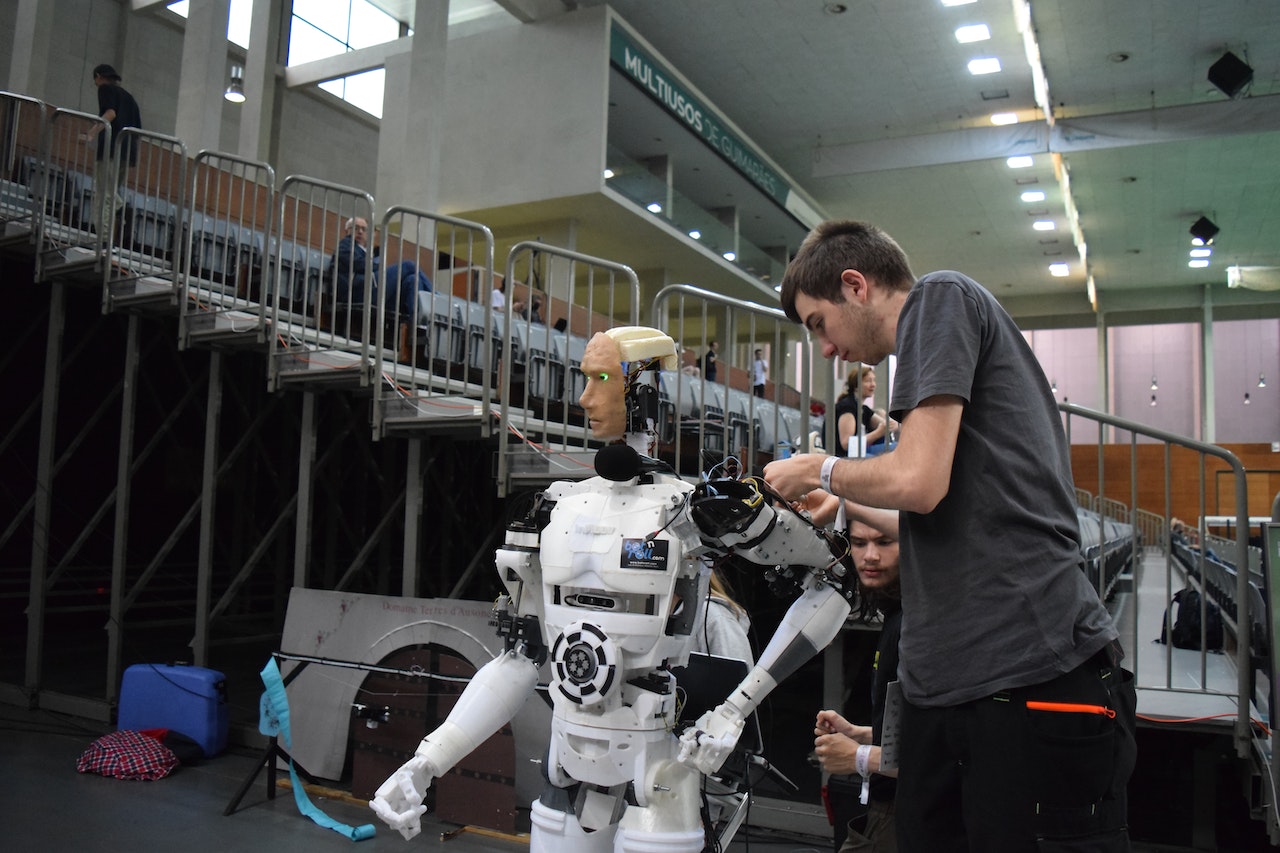The Wonders of Civil Engineering – Exploring the Science and Technology of Building Better Structures
Civil engineering has been the backbone of human development for millennia. This fascinating discipline encompasses the design, construction, and maintenance of the physical and natural environments in which we live. From skyscrapers to tunnels, bridges to dams, civil engineering has transformed the world around us, shaping landscapes while striking a balance between art and science. Let’s dive deeper into the wonders of civil engineering and explore the latest technology and innovations that help build better structures.
Cutting Edge Materials for Stronger Structures
One of the most significant advancements in civil engineering is the development of new construction materials. High-performance concrete, for example, offers superior durability, strength, and longevity compared to traditional concrete. Further, advancements in materials like carbon fiber-reinforced polymers, ultra-high-performance concrete, and self-healing concrete have revolutionized how structures are designed, enabling engineers to create more innovative and resilient designs.
Sustainable Engineering: Building for a Greener Future
Environmental concerns have become increasingly important in civil engineering. To ensure that structures remain eco-friendly, engineers incorporate green building practices and employ sustainable materials in their designs. Technologies such as energy-efficient windows, solar panels, and green roofs improve energy conservation and contribute to a lower carbon footprint. Rating systems like the Leadership in Energy and Environmental Design (LEED) highlight the significance of embracing sustainable engineering principles.
Innovations in Structural Analysis and Design
Computer-aided design (CAD) software and Building Information Modeling (BIM) have transformed the civil engineering landscape. These digital tools facilitate quick and accurate design, enabling engineers to visualize and analyze structural components in a virtual environment. Finite element analysis (FEA) techniques help identify stress points and potential structural failures before construction. With these technologies, engineers can optimize designs, reduce errors, and save time and resources in the construction process.
Seismic Engineering: Protecting Structures from Earthquakes
Shaking from earthquakes poses a considerable threat to life and property. Seismic engineering, a sub-discipline of civil engineering, studies ways to create earthquake-resistant structures. This branch of engineering employs base isolation techniques to limit ground movement during seismic events, reducing the damage to a building significantly. Additionally, seismic dampers and tuned mass dampers dissipate the energy from an earthquake, protecting the integrity of a structure and ensuring its long-term safety.
Smart Cities: Integrating Technology and Urban Planning
The integration of advanced technologies in urban planning has given rise to the concept of smart cities. By utilizing the Internet of Things (IoT) sensors, data analytics, and artificial intelligence, civil engineers and urban planners can monitor and control various aspects of a city’s infrastructure more efficiently. Adaptive traffic management, smart grids, and efficient waste disposal systems improve the urban environment, making cities more sustainable and livable.
As we’ve seen, the wonders of civil engineering span a diverse range of areas, from building stronger structures with innovative materials to creating eco-friendly designs that benefit both people and the environment. By continually advancing our understanding of science and technology, civil engineers work tirelessly to construct durable, sustainable, and magnificent structures that stand the test of time and embody the brilliance of human innovation.











